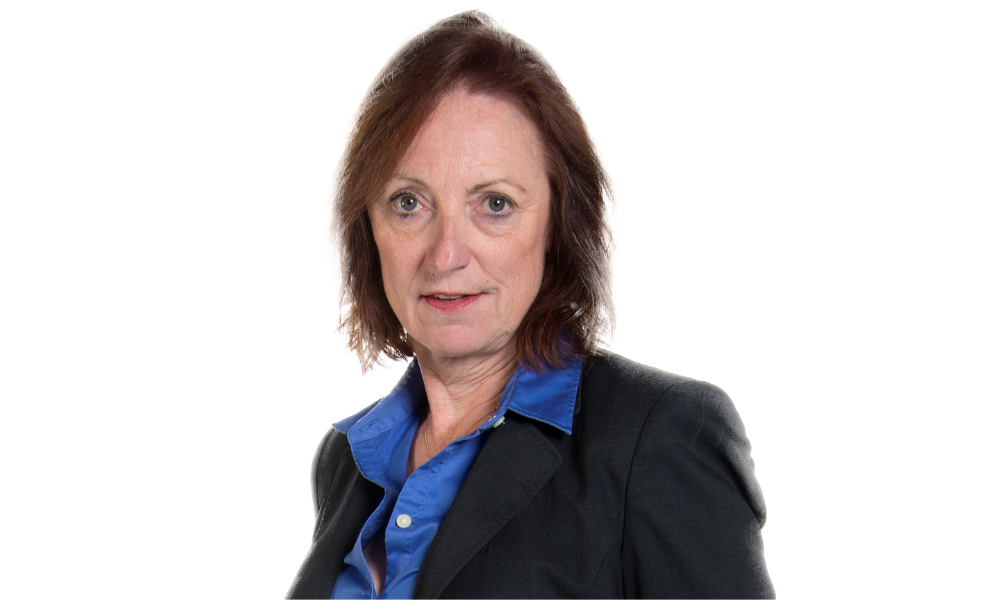She said the beneficiary’s supporting parents or grandparents can, upon death, also leave their Registered Retirement Savings Plan (RRSP) or Registered Retirement Income Fund (RRIF) on a tax deferred rollover in the RDSP as long as the beneficiary is under the $200,000 limit for the program. Then, the tax bill is deferred to the beneficiary, who is usually taxed at a lower tax bracket.
One thing contributors should know, though, is those who receive government grants or bonds will experience a clawback of $3 for every $1 if they withdraw money from those within ten years of getting that government money. So, families can’t easily withdraw the money for things like a van or wheelchair because, she said, “you’re going to lose $3 for every $1 that you take out of it because it’s meant for your beneficiary’s retirement.”
Once the money is withdrawn, or the government claws it back, the family can’t re-contribute it.
However, Bezaire said advisors can help clients carry forward. So, if a client has qualified for an RDSP, but not opened one, Mackenzie can help advisors figure out how much clients can contribute to catch up on ten years of contributions and grants. Clients could be eligible for $11,000 if contributing after 10 years, and more advisors are working with their clients to do that.
Bezaire said there are two ways for beneficiaries to withdraw the funds for their retirement. They can take the lump sum as a disability assistance payment. They can also, at age 60, start receiving lifetime disability assistance payments, which will last the beneficiary’s lifetime. Any money remaining in the fund will be paid to the beneficiary’s estate on his or her death. So, she emphasized that it’s important for advisors to talk to their clients to ensure the beneficiary has a will and powers of attorney . If the person doesn’t have a will, then the estate will be subject to the government’s intestacy rules with spouses, children, and then parents eligible to receive it.


